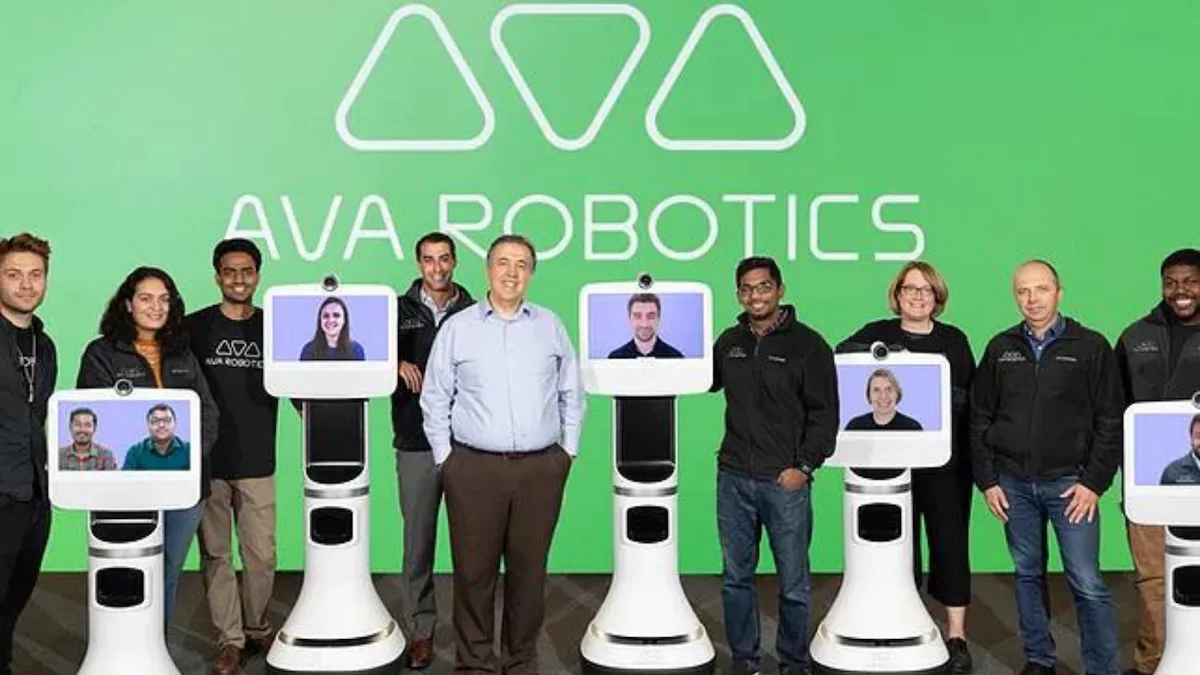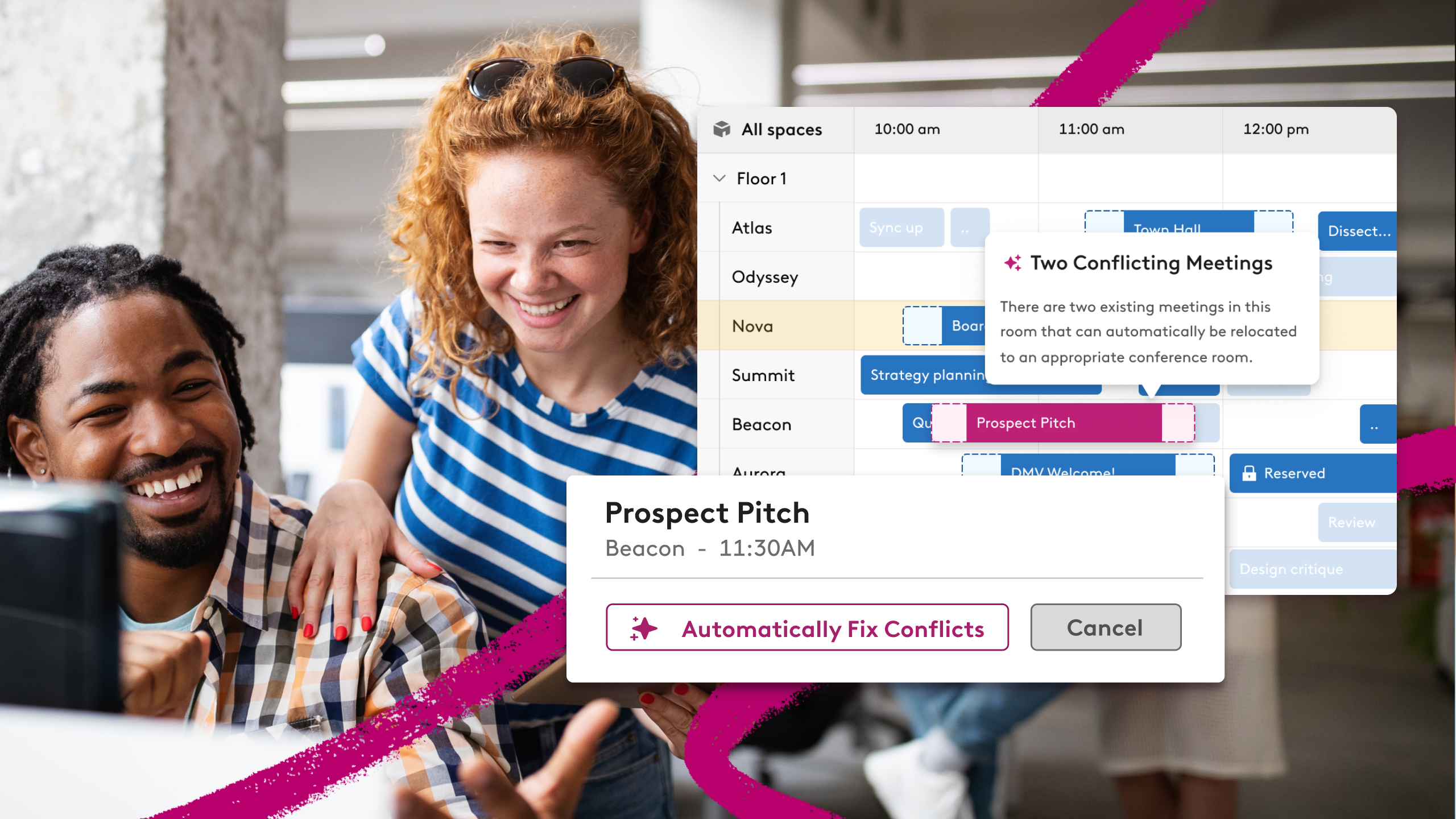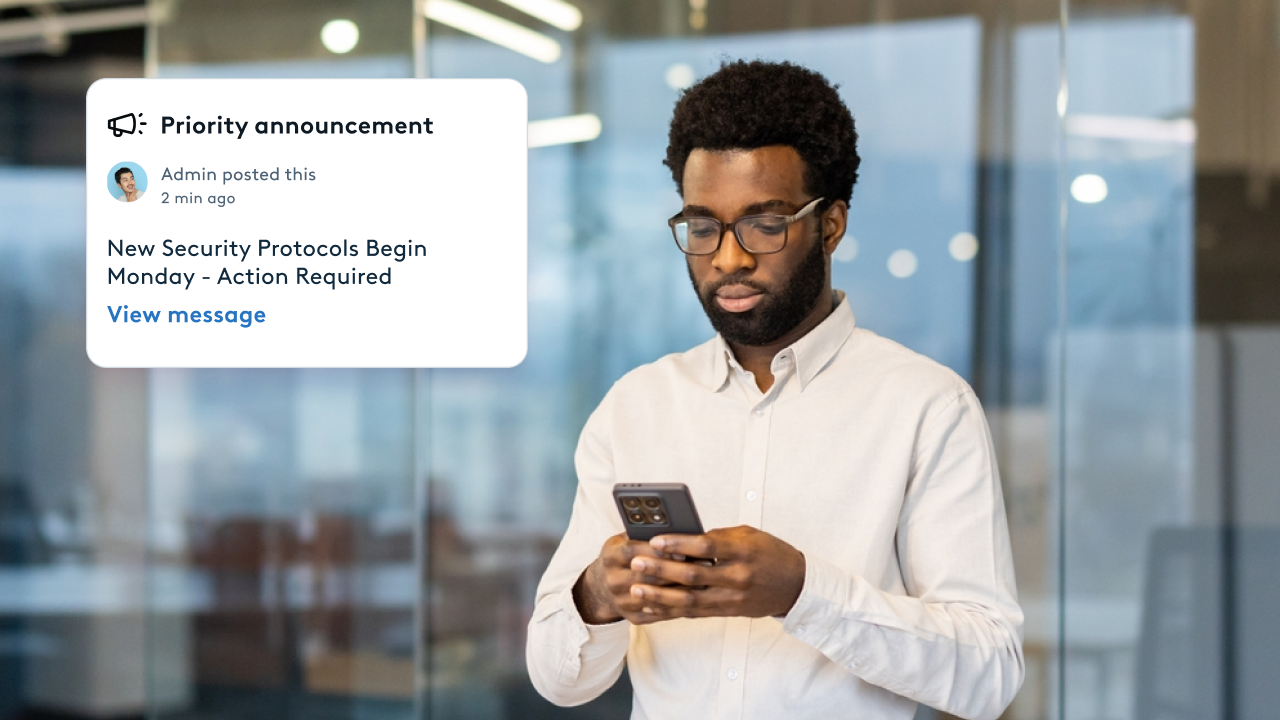5 Layout Ideas for Your Hybrid Office Design

New remote and hybrid work-styles have been thrust upon us by COVID-19, but they’ve been embraced by leading companies even before the pandemic because of important initiatives such as:
- Sustainability goals like reducing pollution from commuting and office space energy consumption.
- Accommodating individuals with disabilities and those juggling family responsibilities.
- Instituting “follow the sun” models of 24 hour customer support and project management with teams placed around the world.
Studies by McKinsey & Company have shown that remote work, works.- More than 20 percent of the workforce could work remotely three to five days a week as effectively as they could if working from an office. This is especially true of educated and skilled employees, the same demographic that is difficult to attract and retain.
Employees are eager to retain the flexibility they experienced during COVID, but they are also anxious because most have yet to hear from their leadership about how a hybrid workplace is going to be designed and managed.
More importantly, what people want out of work is collaboration and opportunities for learning and teamwork – but traditional offices typically dedicate more than 2/3 of their space to any environments that isolate workers into cubicles or tiny offices.
A promising approach to designing office layouts is Activity-based Working (ABW), a workplace design strategy that provides a variety of spaces specifically designed to accommodate different tasks.
A recent study conducted by professors at top Australian and Chinese architecture schools found that ABW workspaces yielded significantly higher satisfaction results on:
- key indoor environmental quality dimensions
- perceived productivity
- health and ergonomics
Here are five hybrid office layout design ideas that enhance productivity and worker satisfaction.
1. The Hot Desk Hangout
Hot desking is a facilities assignment practice where most employees never have permanent offices; they mainly work remotely from their homes or on the road, and they reserve the workspaces that fits their tasks when they need to come into the physical office.
In a hybrid workplace, employees need to be able to book desks and workplace leaders need to create and manage a simple process for reserving spaces. In the hot desk hangout there are individual desks as well as a small conference area that can be reserved by individuals or by a team.
Flexible moving partitions allow the individual desks to be relatively private and used by individuals, or to be opened up for teamwork. The conference space is separated by soundproof glass doors that can also be opened up so that the entire room can be used for a team working on a project together. It includes a large monitor for teleconferencing in other remote collaborators.
Larger versions of these environments can be seen at many of the commercial co-working space companies like WeWork – check out some of their websites for inspiring ideas for new interior designs.

2. The Maker Space
Working with laptops, VPNs and other portable technologies has only increased an already heavy demand for IT support.
In a hybrid office, the Maker Space could be a central support facility staffed by IT staff who can assist individuals in updating or trouble-shooting their hardware and software, providing tech training one-on-one or for small groups, or creating presentation materials.
A reception desk allows individuals to walk up to make an appointment, to drop off or pick up equipment, or to get help with routine tasks using the equipment.. Companies like Microsoft and Quartz have embraced these makerspaces as springboards of innovation - some are designed to be playful and some are “nerdy” like man-caves – so they can even be a way to capture the company and office culture in a physical space.

3. Café Collaboration
Many remote workers choose to work coffee shops every so often; a similar atmosphere can easily be created in-house, even for a small organization.
Café Collaboration has a small self-serve area that can accommodate catered-in food or can be used on a self-serve basis with coffee makers, a microwave, and a fridge. Bar stools can be pulled up, and there’s a large screen monitor over the back-bar where video conferencing or small-group viewing of content such as webinars can take place.
Google recognized that today’s talent war means that employees need to feel taken care of – so they revitalized their over 300 cafes and 1400 micro-kitchens at their various global locations.
When not reserved for a group, areas like this are attractive places for employees to take a break and to engage in the kinds of casual conversation that promote innovative ideas and mentoring – and that can be extended to those working remotely who can “visit” the café by choosing to appear on the back-bar monitor –signaling their availability for informal chat.
Humans need to connect to collaborate and innovate- but they don’t necessarily need to be all in the office to do it.

4. The Get-on-Board Room
The corporate board room in most offices hasn’t changed since the late 1800s – but if your workforce or office guests are not necessarily co-located, there are some powerful new technologies that can re-create that experience quite seamlessly.
Immersive telepresence systems by companies like RingCentral provide high quality video and audio, and you can outfit the boardroom with individual monitors that each display a person’s headshot or a large curved monitor that displays multiple people.
The rooms are also usually outfitted with a set of cameras and microphones that can pick up the person who is talking and zoom in on their image and voice. These kinds of tools are critical for hosting a truly equitable distributed meeting. Remote workers and in-office participants will be more clearly understood, making way for more effective collaboration.
An even more science-fiction technology is telepresence robots – devices that can move about in a space and that digitally mimic the presence of an individual – by showing their image and voice, and allowing them to hear and see the people and spaces as if they were there in person.

5. The home-away-from-home
The stiff layout of most offices is especially difficult for employees who have travelled in from a distance, who are working long hours, or those who are making the transition back from maternity or health leaves.
In fact, one of the things that employees liked best about working from home was their ability to rest, change positions, and eat in a way that made them feel much more healthy and productive. Companies can easily create a few private offices that can temporarily be assigned based on need where individuals can take a nap, store a change of clothes, pick up their baby from the day care center and nurse him, or fix a snack.
Some companies, like Ben and Jerry’s, actually have nap rooms and Zappos and others have little sleeping pods that give some privacy to people who want a quick snooze.
The point is to create spaces that empower people to do their best work. If that means an afternoon power nap or a locker room, workplace leaders looking to adopt hybrid work will need to respond to the demand.
.webp)
The leadership challenge
Now’s the time for leaders to develop “rules and tools” for the new high-performance hybrid workplace and that includes facilities design and utilization. Instead of employees dreading the return to the office, we can make it an energizing, human-centered, and creative place that attracts top talent who can – and will – work from anywhere.
Check out this video tour of Adobe’s recently re-designed office headquarters for a great example of highly colorful, flexible, experimental designs for a new way of working.
If you’re wondering how you’ll manage all these spaces and choices, set up a call with Robin. We empower people to choose how and where they work while providing organizations with the tools and insights needed to succeed.













